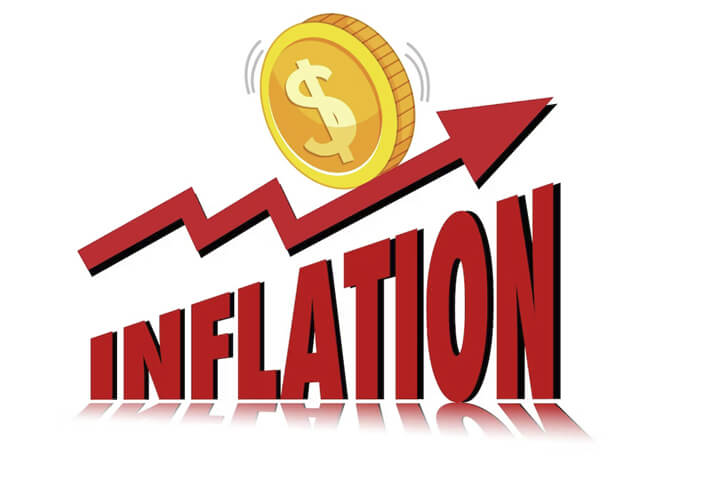
Namibia’s annual inflation rate experienced a notable increase, reaching 6.3% in May compared to the previous month’s 5.6% and the 5.4% recorded in May 2022. The Namibia Statistics Agency (NSA) has identified food and non-alcoholic beverages as the primary contributors to this inflationary trend, along with alcoholic beverages and tobacco. With a staggering 12.5% increase in food prices, accounting for 2.4% of the overall Consumer Price Index, this article delves into the factors behind the surge and analyzes the implications on Namibia’s economy and consumers.
Food Prices and Regional Disparities:
The analysis conducted for May reveals that residents of the Khomas region pay higher prices for food compared to other areas in the country. Among the selected products, consumers in Zone 2 (Khomas) paid the highest price for pure 750 ml sunflower oil at N$36.86, followed by Zone 1 at N$35.38. Zone 3, comprising regions such as ||Kharas, Erongo, Hardap, and Omaheke, paid the lowest price at N$34.42. Brown bread prices also varied, with Zone 3 recording the lowest price at N$13.24 and Zone 2 having the highest price at N$14.33. Bread and cereals remain the most purchased food items, followed by meat, sugar, jam, honey, syrups, chocolate, confectionery, vegetables, and milk, cheese, and eggs.
Fluctuating Fruit Prices:
One of the significant contributors to the rising inflation is the increase in fruit prices. Fruit prices escalated by 22.1% in May 2023 compared to the same period last year. The surge primarily affected watermelons, citrus fruits, and pears. This trend has been highlighted by the NSA Statistician-General and CEO, Alex Shimuafeni. The fluctuation in fruit prices further adds to the overall inflationary pressures.
Influence of South African Market:
Experts at Simonis Storm Securities have noted that the slowdown in manufactured food price inflation in South Africa, particularly in meat and grain mill products, along with declining prices of oils and fats, could potentially mitigate Namibian food inflation. As Namibia heavily relies on food imports from South Africa, any changes in their market dynamics impact the local inflation rate. However, they caution that the weaker exchange rate poses a risk, potentially offsetting the benefits of reduced food inflation. The interplay of these factors will shape Namibia’s inflation trajectory in the coming months.
Electricity and Other Factors:
Namibia’s inflationary outlook is also influenced by factors beyond the food sector. The experts observe that the contribution of electricity inflation to overall headline inflation has been lower than its weight in the consumer basket. However, with a 9.0% increase in electricity tariffs approved by the Electricity Control Board (ECB) for the financial period 2023/2024, the contribution of this category is likely to rise in the second half of 2023. Housing, water, electricity, gas, and other fuels, as well as transportation, each contributed 0.7 percentage points to the overall inflation in May.
Namibia’s annual inflation rate rose to 6.3% in May, driven primarily by increased food prices, specifically in the categories of food and non-alcoholic beverages. The regional disparities in pricing and the fluctuating fruit prices have further compounded the inflationary pressures. While South Africa’s market dynamics can potentially influence food inflation, the weaker exchange rate remains a concern. Additionally, the contribution of electricity tariffs and other factors such as housing and transportation will shape Namibia’s inflationary landscape in the coming months. Monitoring these trends will be crucial for policymakers and consumers alike, as they navigate the economic impact of inflation.
Stay updated with the latest farming tips and agriculture industry news from Africa by subscribing to our newsletter. Don’t miss out on valuable insights and updates. Follow us on Twitter, LinkedIn, and Facebook to join our farming community and stay connected with us.



















Leave a Reply